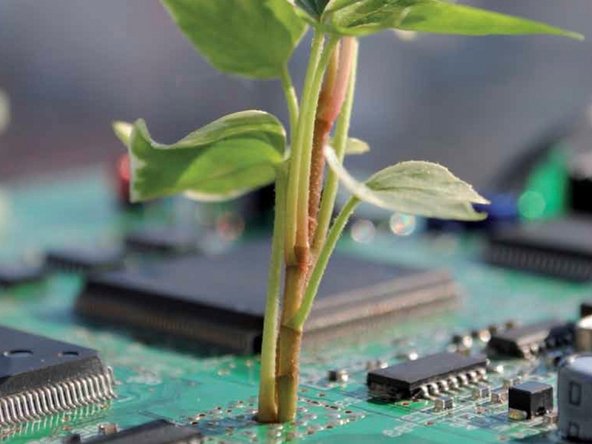Last Friday, the UN Basel Convention’s E-waste Africa Program reported their findings from studies in five West African countries (Benin, Côte d’Ivoire, Ghana, Liberia, and Nigeria) over the past three years. The report highlights the fact that poor African countries are not just helpless, unwitting victims of wealthier countries’ electronic trash. Africa, just like the rest of the world, has been catapulted into the information age—compared to ten years ago, ten times as many Africans have personal computers, and a hundred times as many have mobile phones.
From the report:
30% of the used EEE imported [into Ghana in 2009] was determined to be non-functioning (hence should have been defined as e-waste): half of this amount was repaired locally and sold to consumers and the other half was un-repairable.
It is unclear how much of the remaining imported used EEE functioned for a reasonable time after it was sold. This so called “near-end-of-life” equipment can be another major source of e-waste which was imported into West African countries as equipment but turned into waste in a relatively short time. However, it is assumed that in 2010 between 50 – 85% of e-waste was domestically generated out of the consumption of new or used EEE of good quality with a reasonable life-span. For the five selected West African countries, this is between 650,000 and 1,000,000 tonnes of domestic e-waste generated per annum, which at a certain point needs to be managed.
Controlling exports of WEEE from wealthy nations will not solve Africa’s e-waste problem. Rather, we need more reuse and repair worldwide, and better e-waste recycling practices within African countries.
Photo Credit: E-Waste Africa.





0 Comments